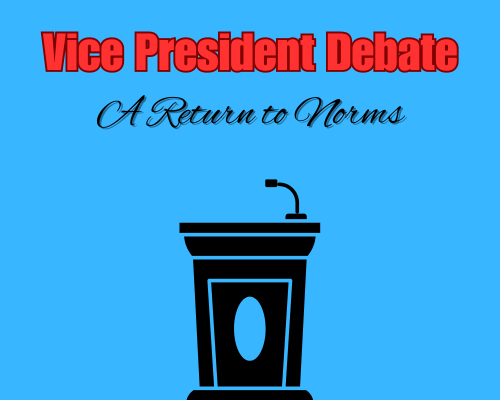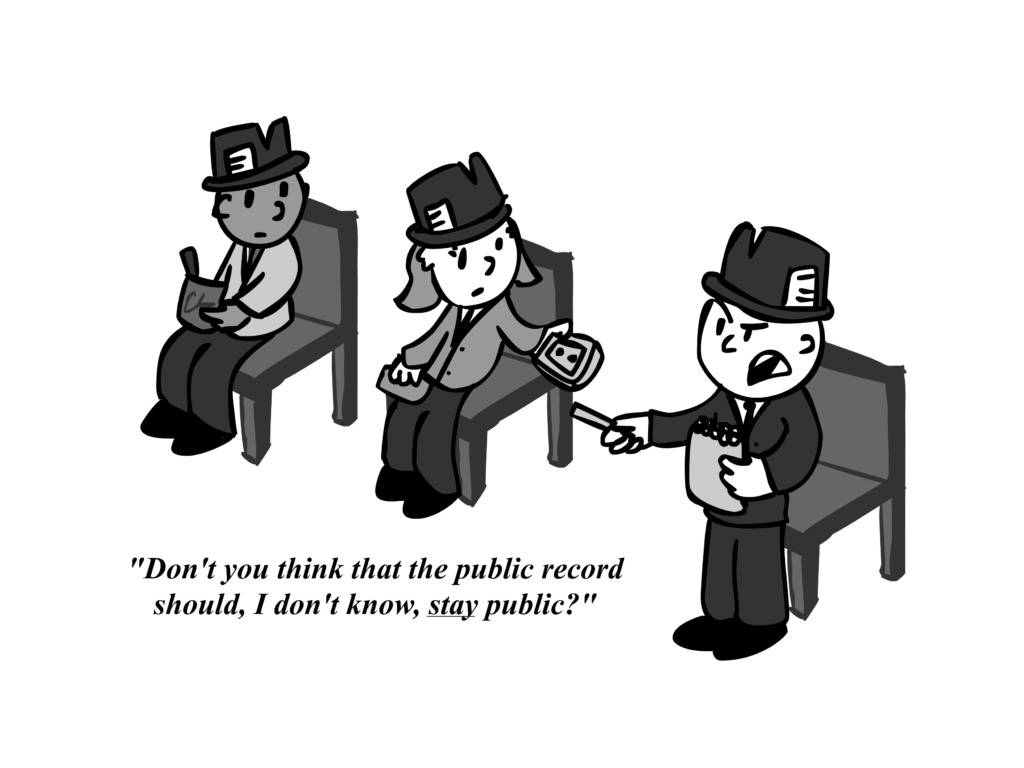Column by John Muenzberg, Lecturer of philosophy
This semester I have been teaching Murray State students in Regensburg, Germany. As part of the program, we visited the Dachau Concentration Camp Memorial.
Dachau was used to imprison political, social and ethic enemies of the Nazi government. Like many such camps, the prisoners were slaves, forced to work to supply the German Army with goods. They were also worked as a means of torture and endlessly threatened with beatings and murder.
After the visit the students were somber, reflective and a bit overwhelmed.
It is difficult to understand why a political organization would turn to such inhumane methods to maintain power. It is difficult to understand how people would participate in such horrors.
It is also an important question to ask how the details of such barbarism were retained and displayed.
The German government maintains numerous museums about the inhumane actions of Nazi Germany. The stated goal is to “document” and “confront” that period in German history. The Dachau Memorial is an admission by German society that this occurred and anyone could come and see what they had done. It is a public repentance, a social shaming for collective past deeds and a way to learn from the events.
Recently there have been more calls for removing U.S. Confederate flags and other symbols of the Confederacy from public life. Some reject these calls by arguing that this is an attempt to hide the past.
Given the example of modern Germany, moving these to a museum is exactly the way to confront the past, not to hide from it. Placing statues of confederate soldiers in the public square is a demonstration of public support for what the symbols stand for. Having a statue of Jefferson Davis in the Kentucky Capital demonstrates support for Davis by our state government.
On the other hand, detailing the inhumane and barbaric treatment that American slaves received from their owners would help modern Americans to confront their past. Demonstrating the economic windfall of slavery would force us to confront our greed. Listing the Christian churches that supported slavery could bring about a reflection on our faith. Chronicling the laws that legalized segregation and subjugation after the Civil War would remind us that racism continues. There are few calls by defenders of Confederate symbols for public money to “document” and “confront” this period of our past. More typically they attempt to explain away the inhumanity, the horrors and the barbarism.
Naming places and displaying statues is a public act to convey honor and demonstrates what a society values. Germany has noted what it values by removing Nazi honors from the public spaces and placing them in museums. Doing so does not erase their past, but rather enables them to confront it.
The names given to military bases and schools are an honor that we should bestow on those Americans that we admire. Those that fought to perpetuate an inhumane system should not be given such honors. If we want to keep our own barbaric past in public view we can do it through our own museums, plantation memorials and document centers. Yet even 150 years after the end of the Civil War, few of these exist.
After World War II, Germany banned the display of the swastika except in specific uses, such as museums. So what symbol do German neo-Nazis use when they rally against immigrants and minorities? Just like the KKK before them, they use the U.S. Confederate Flag.






























































































